STEAM Engines at Skokie Library: Laws of Motion

One of my favorite things about science is the way it so frequently looks like magic. From bubbling concoctions acidic and basic to the wizardry of seasonal foliage transformation, enchantment is all around us all the time. I am generally easily impressed, and have faithfully believed in magic my whole life, so I was delighted when I came across an experiment demonstrating Newton’s first law of motion: An object at rest remains at rest, and an object in motion remains in motion at constant speed and in a straight line unless acted on by an unbalanced force. (via NASA Glenn Research Center). Honestly they had me at “easy coin trick.”
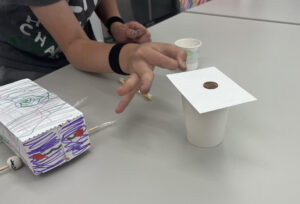 My colleague and I spent several thrilling moments perfecting our flicking technique and watching coins drop into an empty cup before I realized that this would make a perfect STEAM Engines program. Feeling ambitious, and high on the heady glow of provable science, I decided that our program would focus on all three laws, with brief hands-on
My colleague and I spent several thrilling moments perfecting our flicking technique and watching coins drop into an empty cup before I realized that this would make a perfect STEAM Engines program. Feeling ambitious, and high on the heady glow of provable science, I decided that our program would focus on all three laws, with brief hands-on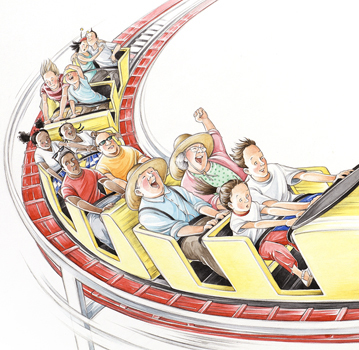 experimentation and demonstration between each law, culminating in that old science fair chestnut: the balloon car.
experimentation and demonstration between each law, culminating in that old science fair chestnut: the balloon car.
We began the session by reading and acting out Marla Frazee’s thrill ride Roller Coaster. We had a good time talking about what amusement park rides feel like, and why. Does where you’re sitting matter? What happens when you’re in the middle vs on the end? Why don’t you fall out when you go upside down? The kids had great ideas and stories to share about their own experiences on rides. Using our bodies to simulate what happens when the ride comes to a stop (our bodies keep moving forward, then bump back) was a perfect segue into Newton’s first law. We used the coin trick and talked about fidget spinners – also a great example of the law.
To demonstrate Newton’s second law: The acceleration of an object depends on the mass of the object and th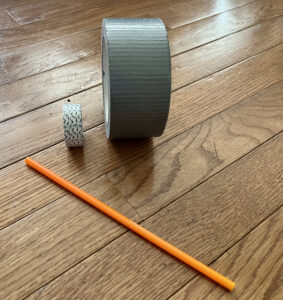 e amount of force applied (via NASA Glenn Research Center), we used a small roll of washi tape, a big roll of duct tape, and a straw. Each tape roll was placed upright next to each other, then the kids blew through the straw, learning that (of course) the duct tape was much harder to propel than the washi tape.
e amount of force applied (via NASA Glenn Research Center), we used a small roll of washi tape, a big roll of duct tape, and a straw. Each tape roll was placed upright next to each other, then the kids blew through the straw, learning that (of course) the duct tape was much harder to propel than the washi tape.
Our third and final law: Whenever one object exerts a force on another object, the second object exerts an equal and opposite on the first via NASA Glenn Research Center) was the most exciting. We talked first about swimming  – when we push our arms in an arc from front to back, we move forwards, even though our arms are going backwards. When we push backwards with our foot on a skateboard, we are propelled forward. This was eye opening for one participant in particular who made a point to
– when we push our arms in an arc from front to back, we move forwards, even though our arms are going backwards. When we push backwards with our foot on a skateboard, we are propelled forward. This was eye opening for one participant in particular who made a point to 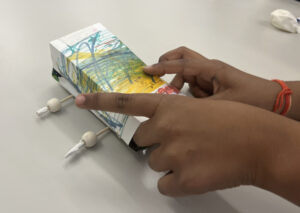 come talk to me about this discovery and the way he UNDERSTOOD it after the program (science magic!). To demonstrate this law, we made balloon cars, a modified version of this project from NASA. Rather than using a styrofoam tray, we made boxes that would hold a balloon that could be inflated via a straw from inside the box. When we let go of the balloon, the air pushing backward would propel the car forward. I will say that in terms of functionality, this project was probably too ambitious. The kids needed a lot of help with all of the components, and I ALWAYS underestimate the amount of time needed to decorate. Though not all of the cars worked the way they were supposed to, enough of them did that we were able to demonstrate the law, AND it was an excellent lesson in engineering: why didn’t it work (too much glue and embellishment), and what can we do to improve it for next time (keep it simple(er))?
come talk to me about this discovery and the way he UNDERSTOOD it after the program (science magic!). To demonstrate this law, we made balloon cars, a modified version of this project from NASA. Rather than using a styrofoam tray, we made boxes that would hold a balloon that could be inflated via a straw from inside the box. When we let go of the balloon, the air pushing backward would propel the car forward. I will say that in terms of functionality, this project was probably too ambitious. The kids needed a lot of help with all of the components, and I ALWAYS underestimate the amount of time needed to decorate. Though not all of the cars worked the way they were supposed to, enough of them did that we were able to demonstrate the law, AND it was an excellent lesson in engineering: why didn’t it work (too much glue and embellishment), and what can we do to improve it for next time (keep it simple(er))?
This was an extremely fun and satisfying program. I learned a lot in the preparation, and it’s one that I hope to replicate at another time.

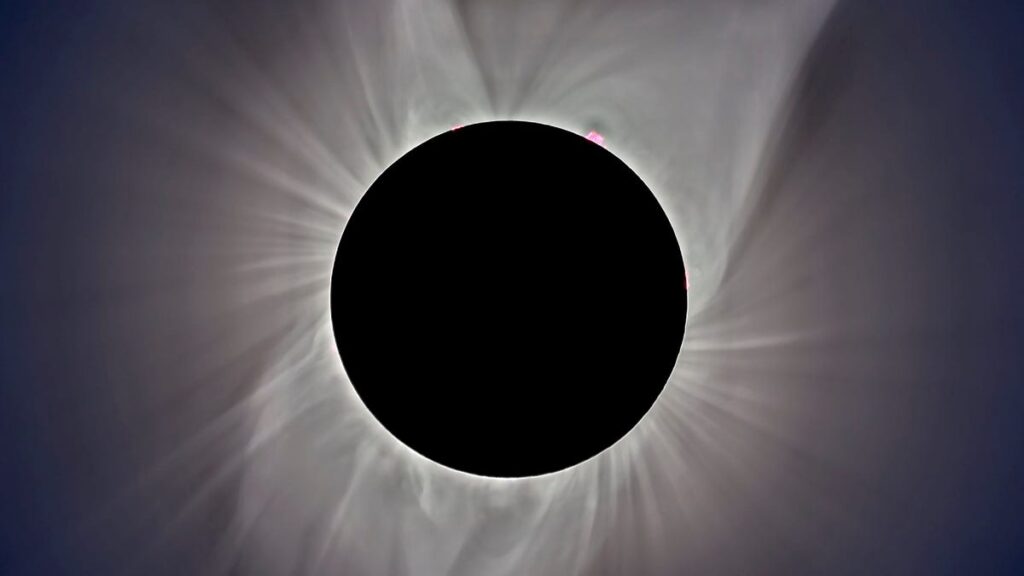



Responses